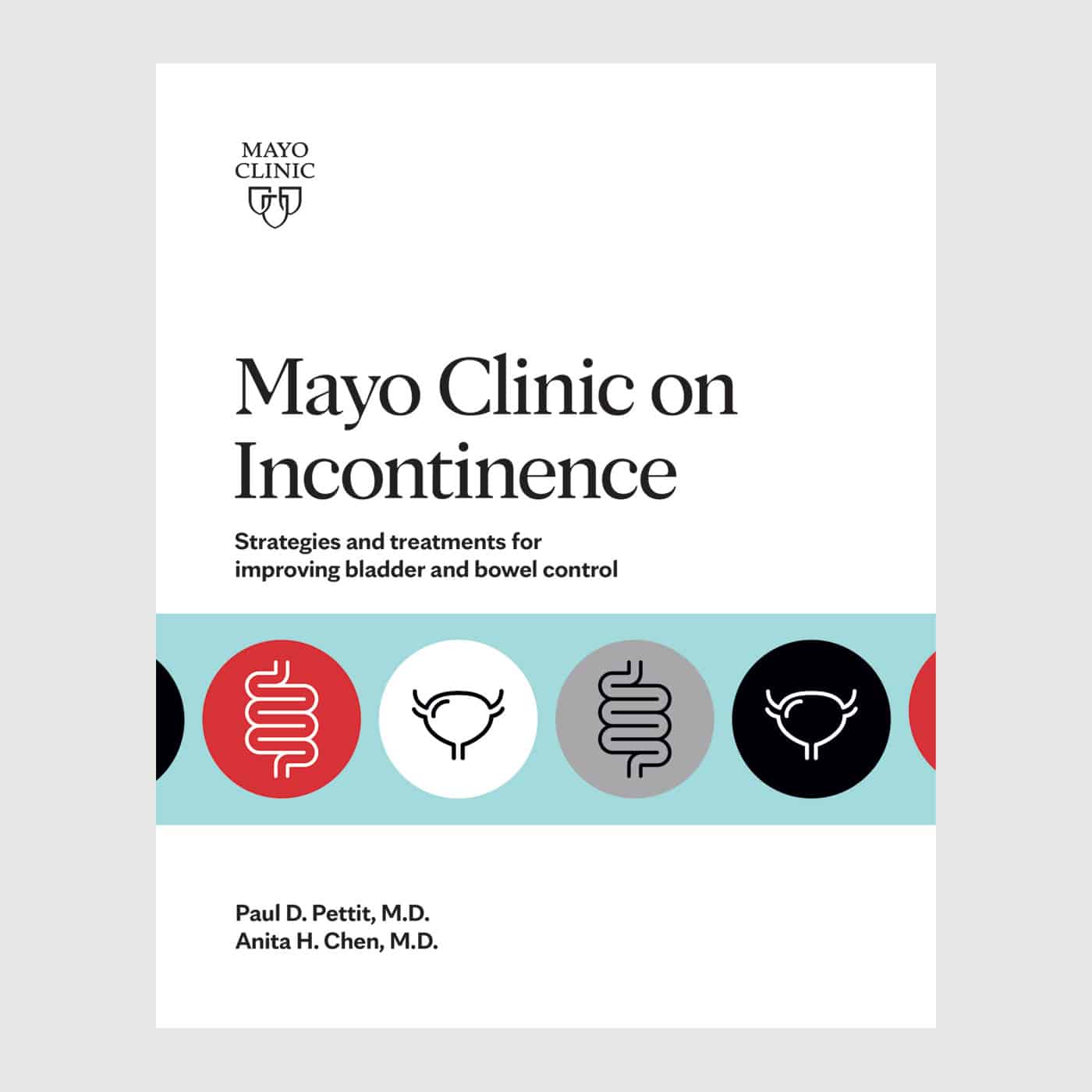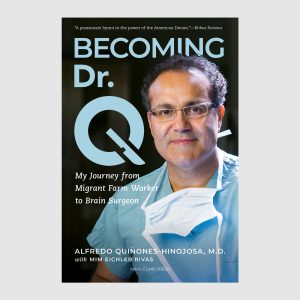
After spotting someone who has aged gracefully — or perhaps looks and acts decades younger than their age — you may have heard someone comment, “Those are good genes.”
Genetics do influence the aging process, says Robert J. Pignolo, M.D., Ph.D., past chair of the Division of Geriatric Medicine and Gerontology at Mayo Clinic and the Robert and Arlene Kogod Professor of Geriatric Medicine. But it’s thought that genes account for no more than about 20% of longevity.
“The contribution of genetics is much lower than some would think,” says Dr. Pignolo.
The other 80% of factors that affect aging include outside influences such as:
- Lifestyle. Diet, activity levels, stress levels, smoking and alcohol use can all play a role.
- Environment. Access to healthcare, access to healthy foods and exposure to air pollution, chemicals and toxins all can impact aging.
- Life circumstances. Social support, socioeconomic status, and education levels can influence how long and how well people live.
These factors interact with your genes to influence your life and health. So while your lifestyle and environment hold greater weight in determining your lifespan, your genes are still an important piece of the puzzle.
Dr. Pignolo points to four lines of evidence that genetics influence lifespan: twin studies, sex differences in lifespan, animal lifespans and accelerated aging disorders.
Twin studies
According to Dr. Pignolo, researchers have found that identical twins — who have a much closer genetic makeup than fraternal twins — typically experience more similar life spans than fraternal twins.
Then there’s the general evidence that individuals with longer-lived parents and grandparents also often live long lives. You may have observed this anecdotally, but it’s backed up by the data.
“If you had the choice, you would choose long-lived parents rather than rolling the dice,” says Dr. Pignolo.
Interestingly, people with longer-lived ancestors also tend to stay healthy longer. According to the National Library of Medicine, 70-year-olds with long-lived parents are less likely to have age-related diseases than other people their age.
Differences in lifespan by sex
Women — who typically have two X chromosomes, as opposed to the X and Y chromosomes in men — generally have longer lifespans. It’s not entirely clear why this difference in life expectancy exists between sexes. There are probably multiple reasons for this disparity, including an important genetic component, Dr. Pignolo says. Contributing factors could possibly include:
- Evolutionally, women needed to live long enough to reproduce and give birth.
- Women are generally smaller than men, and smaller organisms may live longer due to reduced levels of IGF-1, a mediator of growth hormone effects.
Animal lifespans
Dr. Pignolo further points to genetics’ influences across species. For example, a mouse will never be able to live as long as a human could. That fact isn’t about what mice experience versus humans — it’s a genetic determinant.
Accelerated aging syndromes
Certain syndromes, known as progeroid syndromes, result in accelerated aging. These rare genetic disorders “mimic physiological aging, such as hair loss, short stature, skin tightness, cardiovascular diseases, and osteoporosis. Consequently, they constitute a relevant source of information to understand the molecular mechanisms involved in normal aging,” a 2016 Disease Models and Mechanisms review details. Individuals with these conditions, such as Hutchinson-Gilford progeria syndrome, typically die young.
Researching genetics and aging
There’s still a lot to learn about the interplay between aging and genetics. Some research aims to identify which genes impact lifespan. Other research looks at those who live a long time and tries to figure out how genetics and the environment contributed to that long lifespan.
“It’s sometimes hard to tease out the contributions of longevity with environmental influences,” Dr. Pignolo says.
Dr. Pignolo believes researchers have a few choices to further this research: using model organisms, studying long-lived groups, studying centenarians and utilizing biomarkers.
Model organisms
One way to study aging is to experiment on model organisms — such as mice — with short lifespans to see if researchers can increase those lifespans through behavior or genetic modification.
Studying long-lived groups
Some researchers focus on studying long-lived populations to try to determine what factors led to their longevity. Prime candidates for this type of research are so-called blue zones — geographical areas where people often live longer than the norm.
Researchers sometimes attribute longer lifespans in blue zones to environmental or habitual factors. But it’s likely that genetics also is at play. Dr. Pignolo points to Okinawa, Japan, an area known for producing impressively long life expectancies. Lifestyle could contribute to this longevity — with some researchers pointing to low-calorie diets among this population. But long-lived individuals in this group also were more likely to have siblings with extended longevity.
Studying centenarians
When someone lives to be 100 or older, they receive the impressive title of “centenarian.” It’s natural to wonder what led to such a long life.
Researchers take that curiosity to the next level. They study centenarians and other people who were born at the same time (known as a birth cohort) but died earlier. Researchers can then look for genes that are different between these two groups.
One example: There’s a group of men who live an average of 10 years longer than others in their birth cohort. It turns out that the longer-living group has a deletion in a certain gene, implying that gene contributes significantly to aging.
Surrogate biomarkers
Studying aging and longevity in humans can take a very long time — because you don’t know someone’s lifespan until they die.
One potential method for getting faster, more tangible results is using surrogate biomarkers, says Dr. Pignolo. A surrogate biomarker is a measurement that is used in place of stronger indicators, such as lifespan, to get quicker results — though they might not always be as accurate.
This shift could be especially beneficial when looking at longevity, as studies using these biomarkers might not require waiting a near lifetime to get results on how particular inventions work, says Dr. Pignolo.
One example of a surrogate aging biomarker is grip strength, as this decreases with age. Theoretically, tracking grip strength could provide feedback as to whether a certain intervention meant to slow down aging was working.
Biomarkers also might be able to give individuals valuable information about their expected lifespan. A biomarker could help “on a very practical level” says Dr. Pignolo, because it could help determine “what sort of medical care and treatment, including screenings, that you might undergo.”
For example, cancer screening recommendations are based on average life expectancies, he says. So if a biomarker indicates that your lifespan may be longer than the average, some screenings may be beneficial, even if guidelines don’t recommend continued screening.
Beyond genes: Steps to a longer life
Remember: Though genes are important, they don’t dictate your lifespan. The basics of healthy living, such as diet, exercise and preventive healthcare can extend your life.
And aging research shows that longevity may be possible through avenues such as increasing resilience, by purposeful living and establishing strong social support networks.
“I think it’s important to note that if you don’t have genetic markers associated with longevity, that doesn’t exclude you from living a long life,” says Dr. Pignolo.

Relevant reading
Mayo Clinic on Incontinence
For those living with incontinence, an overactive bladder can make day-to-day life unmanageable. Mayo Clinic on Incontinence is a modern-day guide to the new medications, therapies, treatment plans, and surgical options available to those living with incontinence. If you’re suffering from unwanted symptoms of incontinence—like an uncontrollable bladder and bowel…




















